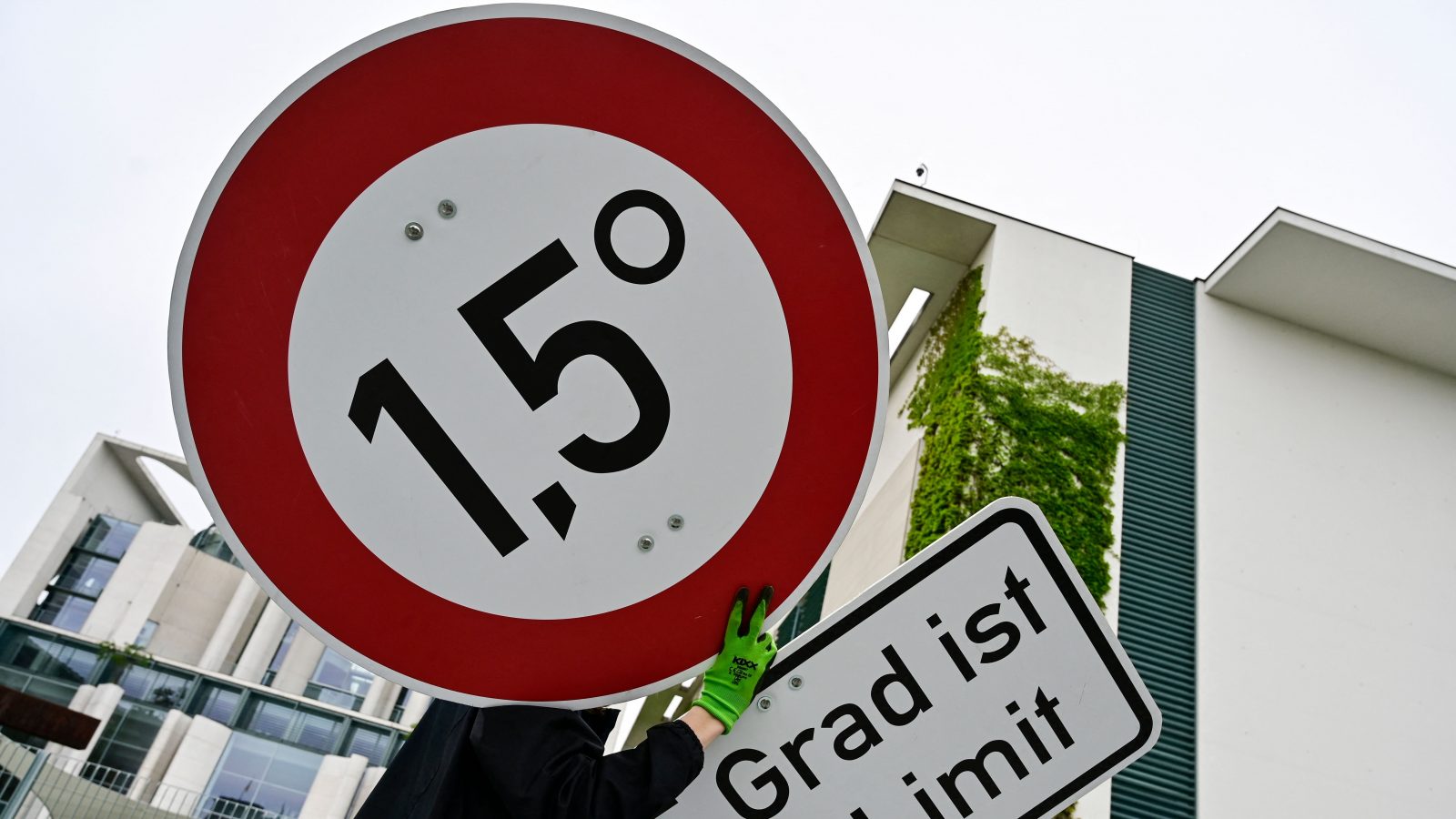On Monday, the United Nations’ Intergovernmental Panel on Climate Change released a report that makes it unequivocally clear that human beings have locked in a measure of warming for the planet that will be extraordinarily difficult to endure. Warming of 1.5 degrees Celsius — roughly 2.7 degrees Fahrenheit, a threshold the IPCC advised the world’s nations to avoid crossing as recently as 2018 — is guaranteed to arrive within two short decades.
And more warming than that is very likely.
The planet has already warmed approximately 1.1 to 1.2 degrees C (1.98 to 2.16 degrees F). The climate impacts communities across the world have experienced this summer — extreme heat, catastrophic flooding, wildfires, and more — are due, in part, to that roughly one degree of warming. A 1.5 degree-warmed world means more summers like this one: more evacuees in California, more intense drought in the West, more blistering heat waves, more tropical storms that dump a season’s worth of water in 24 hours.
And yet, the IPCC report makes it clear that this is officially the best case scenario. We’ll be lucky if we get away with that little warming.
So let’s take a closer look at the best case. What does 1.5 degrees really look like?
It looks a lot like the world we’re living in now, but worse, says Daniel Swain, a climate scientist and science communicator at the University of California, Los Angeles. “A lot of folks have been kind of shocked by the events of this summer,” he told Grist. “1.5 degrees is still a significant increment of additional global warming beyond what we’ve already experienced. By the time we get there, the impacts will be all that more pronounced.”
Heavy precipitation, extreme heat, and droughts will all occur more frequently depending on how hot things get, the report says. If the planet warms 1.5 degrees, for example, the chances of a 1-in-10-year heatwave — a heatwave that only occurs once a decade in a world in which man-made climate change does not exist — is likely to happen four times more frequently. If the planet warms to 2 degrees C (3.6 degrees F), such a heat wave is likely to occur nearly 6 times a decade.
“The more you warm the planet, the more often extreme events occur,” Jessica Tierney, a climate scientist at the University of Arizona and a lead author of the new IPCC report, told Grist. “To me, 1.5 means the best possible outcome.”
Warming at that level does not necessarily produce one-in-1,000-year heat events like the one that gripped the Pacific Northwest at the end of June. But Tierney pointed out that one-in-10-year events can still be incredibly damaging. Arizona, where she lives, had its driest monsoon season on record last summer — which, she said, is an example of a climate impact that will occur more often as temperatures increase.
It’s a big deal that climate scientists are linking extreme weather to climate change. The last time the IPCC came out with one of these assessments, in 2013 and 2014, experts were careful not to necessarily connect a big wildfire or a major drought to rising temperatures. The science hadn’t evolved to the point where researchers could confidently associate specific events to human activity.
“We’ve really shifted gears on that,” Tierney noted.
Swain explained that more of these impacts will be linked to climate change in the coming years as temperatures reach 1.5 degrees C of warming. More droughts, more intense hurricanes, wildfires in places that have never had them before will emerge. “I don’t really see any way around that,” Swain said.
And 1.5C is still the best-case scenario. While it’s not ideal, it’s infinitely better than the alternative, which is even more warming. “It would have been more ideal to not have gotten there in the first place,” Tierney said. “But here we are, we have to deal with it.”
Even more important to remember is that the IPCC isn’t saying that the planet will definitely warm 1.5 degrees, simply because that amount of warming is physically impossible to avoid. Theoretically, it still is.
“If you flipped the switch tomorrow and turned off all carbon emissions, then absolutely we could avoid greater than 1.5 degrees of warming,” Swain said. “It’s largely unavoidable because it’s sociopolitically impossible to avoid.”
In other words, the warming will happen because humans aren’t stopping it. What happens beyond 1.5 is up to us.



